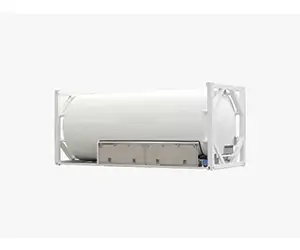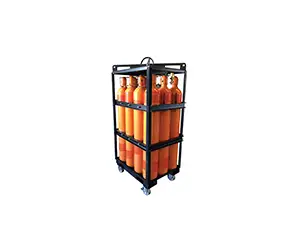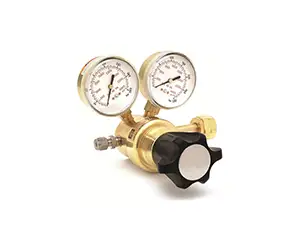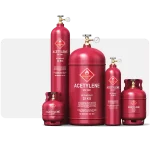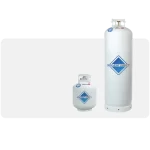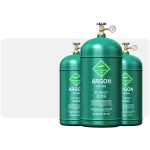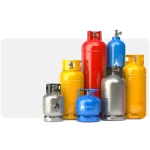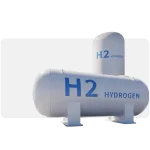Pure industrial gases
High purity industrial gases are typically delivered in large quantities with a purity greater than 99.999% (more than 5 parts pure). Other commodity materials, whether in liquid or solid form, usually have a purity greater than 99.9%. There are many applications for gases where purities even higher than 99.999% are required. To serve these applications, the technology to produce and deliver high-purity gases has become a multi-billion dollar business worldwide. Japan and the United States hold the majority of the market. There is no universally accepted definition of what purity levels correspond to high purity. A good definition of high purity is gases that have specific impurities at levels below 0.1 ppm.
The technology to produce and deliver high-purity gases has been largely developed to support the fabrication of advanced semiconductor materials required as part of the overall integrated circuit manufacturing process. Purity requirements in some of these high-performance materials have reached the point where impurity concentrations in the starting gases as low as 1 part in 1012 are associated with reduced efficiency and poor performance in the resulting integrated circuits.
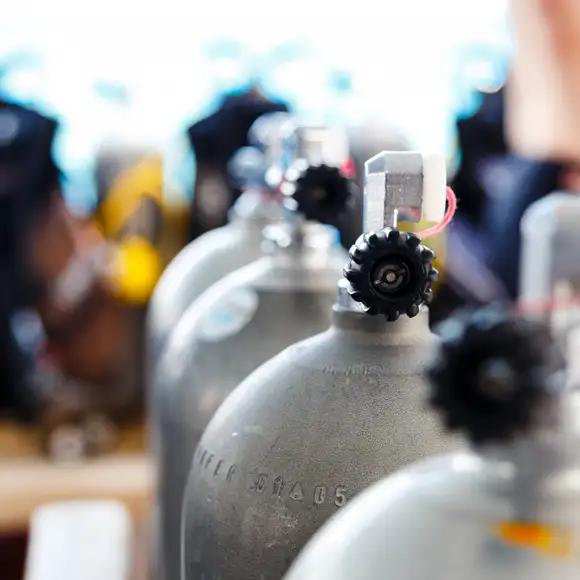
Depending on the volume, high-purity gases can be supplied using bulk systems, where a plant-wide distribution system is integrated with a central gas storage facility, or cylinders, where a short local distribution system is supplied from a high-pressure cylinder. It can be delivered.
The gases used in the manufacture of semiconductor materials are divided into three main categories: inert gases, which are used to protect the manufacturing processes and prevent the introduction of impurities; Source gases, which provide molecules and atoms that stay behind and contribute to the final product, and reactant gases, used to modify electronic materials without the actual contribution of atoms or molecules.

High Purity Gases
Pure gases are used for testing and research purposes in most industries such as oil, gas and petrochemicals, pharmaceuticals, lasers, food industries, semiconductors, gas chromatography, atomic spectrometry, etc. Pure gases are offered with different degrees of purity, and their lowest purity is grade 2.5 (99.5%).
Available gases with different degrees of purity are as follows:
oxygen (O2)
Nitrogen (N2)
hydrogen (H2)
Argon (Ar)
Helium (He)
carbon dioxide (CO2)
carbon monoxide (CO)
 Persian
Persian Englisg
Englisg Arabic
Arabic
